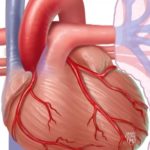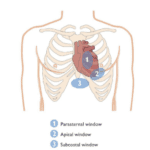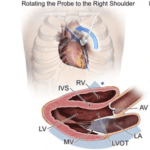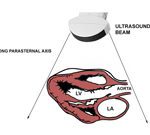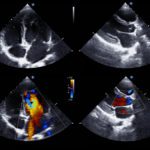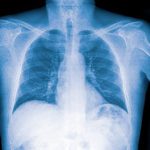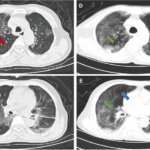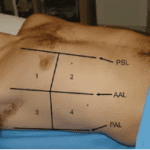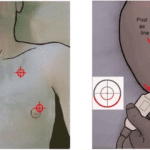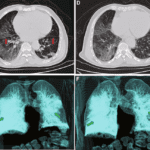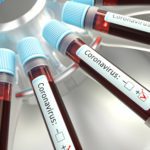In this webinar, Daniel Nash, CRNA, DNAP, reviews how nurses can use ultrasound for vascular access and basic cardiac and pulmonary assessments. Topics include the value of ultrasound in nursing, the important aspects of a good POCUS teaching program, and justification for the use of POCUS in nursing.

Daniel Nash, CRNA, DNAP
Daniel became an RN in 1983. He worked in the OR, ICU and ER settings for 9 years prior to attending Texas Wesleyan anesthesia program getting his CRNA credential in December 1994. He received his DNAP degree from Texas Wesleyan in 2012. He was in the first class for the Acute Surgical Pain Management Fellowship at MTSA program graduating in 2018.
He serves as adjunct faculty for MTSA as a clinical site director. Daniel is co-owner of Maverick Medical Education. Maverick trains all types of health care professionals in the use of ultrasound technology for regional nerve blocks for acute surgical pain control, chronic pain treatments and Point of Care Ultra Sound (POCUS) for medical assessment and vascular access. Daniel is passionate about the use of ultrasound and is dedicated to the education of all health care professionals.
Find out what considerations are important in shaping a program around point-of-care ultrasound.
Read to find out how teaching POCUS to intensive care nurses could enhance the care of critically ill patients at the bedside.
Learn why Certified Registered Nurse Anesthetists (CRNAs) are increasingly using POCUS in anesthesia care and different strategies for training and utilizing this tool.
Read how this study has discovered that the use of pleural cavities and inferior vena cava (IVC) ultrasound by nurses can improve the quality of care heart failure patients receive.
Questions? Email POCUS@Inteleos.org
